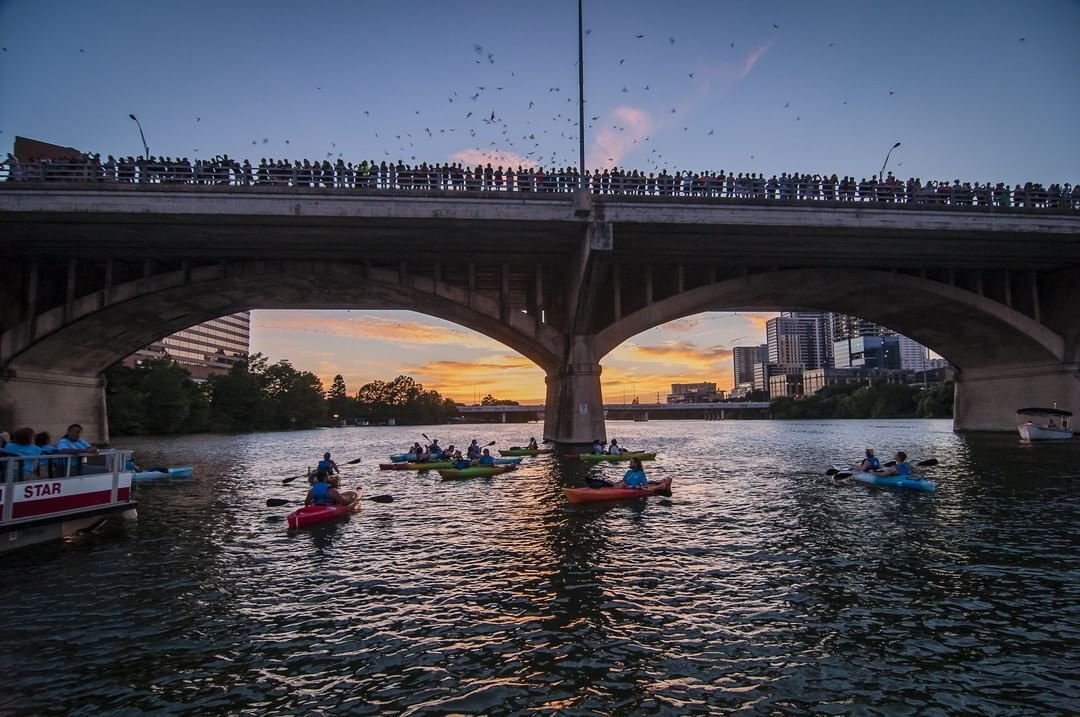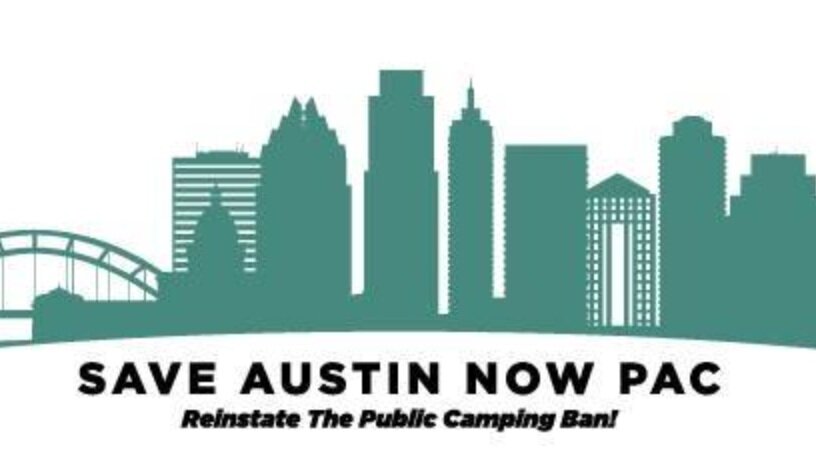
Deregulated Public Camping Wasn’t The Answer. Here’s Where We Go From Here.
Deregulation Has Made The Problem Worse.
Mayor Adler and Greg Casar lifted the public camping ban without any alternative plan. Crime is up - both against homeless residents and non-homeless residents - and Austinites have said the city doesn’t feel safe anymore. We don’t feel as safe using trails, parks, and sidewalks. Read hundreds of personal stories and videos here. Immediately after the 2019 deregulation there was a dramatic increase in the “unhoused” homeless population. 20% of the homeless left shelters, with the street deregulation having left an unmistakable incentive for those who did not want the shelters’ rules to do so. Most shelters have relatively strict rules about activities like substance use and waking hours, so after the policy was instituted, the sheltered homeless count decreased 20 percent while the unsheltered count increased by 45 percent, according to the City of Austin’s latest data. In other words, 1/5 of Austin’s homeless left shelters for the streets while the overall number of homeless simultaneously shot up. We know both anecdotally and from surveys that there was another segment that moved into Austin from surrounding areas to take advantage of the new allowances. The city’s count data - note 2019 when the camping ban was lifted:
Let’s talk about the future.
If you vote Yes on Prop B, what happens next?
Total deregulation isn’t working. So what happens to the homeless population if you vote to reinstate the public space camping laws?
Designated Campgrounds.
Designated campgrounds like this one have been set up in recent months. They are safe, secure, much more sanitary, and have access to resources. They reduce the risk of crime, traffic incidents, and public health hazards such as fires, communicable diseases, and crime that are rampant with the current situation. And they are highly successful:
“At TOOF [in Southeast Austin]…she said the circumstances changed drastically. The camp grew from 120 people to 150 people from August to October. In addition to the portable toilets and sinks already available, TOOF brought in mobile hygiene clinics supplied with showers and hygiene products and a headquarters with a charging station. Organizers are in the process of building a kitchen for open use. The nonprofit also provides case management to people living at the camp. This will help set them up for getting jobs and permanent housing.”
Shelters:
Shelters run by highly successful, dedicated nonprofits are incredibly successful in cities like San Antonio. Haven for Hope, the largest such program in San Antonio, houses almost 2,000 homeless at any given time, including 300 children. Kenny Wilson, the CEO and Founder of Haven for Hope, said: "I’ve watched a metamorphosis take place when someone has lived on the street or has a mental imbalance that can’t take care of themselves get new clothes and it changes them not just the way that they look to me or others, but the way they see themselves," Wilson said. "One time a person said to me, 'Everything I needed was here, including love.' And I thought, 'Well, that’s a good thing,'" he said.
Mr. Wilson recently testified in support of reinstating the public camping deregulations, saying that leaving people on the streets is cruel and inhumane. It’s an excuse for inaction.
20% or so of the current unhoused homeless population that left shelters for the streets can also return to them. To the extent that there aren’t enough shelter beds or space at the designating safe campgrounds, both must be expanded immediately - in a matter of days or weeks, not years as the city has been doing.
City Spending
Mayor Adler and Council Member Greg Casar spearheaded a 2-year long effort to supposedly provide “permanent housing”, but there’s literally nothing to show for it. It’s also questionable whether those experiencing homelessness should want to be permanently in one of these houses or just temporarily. In the meantime, the City has allocated and spent $163 million, which is about $600 for every taxpaying Austin resident, or $32,000 per homeless resident(!), yet they only have 2 old motels to show for it (which is a very poor model for housing homeless to begin with). We need an immediate audit so we can determine what is going wrong with this massive sum of money and we can make sure we do this better than we are right now. If we don’t analyze, we won’t learn. Right now, this is just a slush fund. Haven for Hope, for example, in San Antonio, has an annual budget of $20 million to house 1,700 homeless - almost Austin’s entire homeless population - including a 22-acre campus and tremendous support and services. Adler and Casar could have supported such an initiative for 8 years with that wasted spending. What is really going on over there?
Commonsense Rules.
We have laws to protect public health and public safety in hundreds of areas of our daily lives. Saying that we should have laws, as we did until 2019, specifying where one can pitch a tent, put a couch, or park a car, defecate, light fires, and so on, on our sidewalks, trails, parks, and other public jewels, is not, as the extremists such as Greg Casar and DSA in the activist crowd are saying, “criminalizing homelessness”. That’s a fear tactic message. This is just a commonsense public safety law that we had for 23 years, and we’ve seen the enormous damage that happens when lawlessness reigns.

Yes on Prop B May 1st.
Together, Austinites can solve any problem before us.

